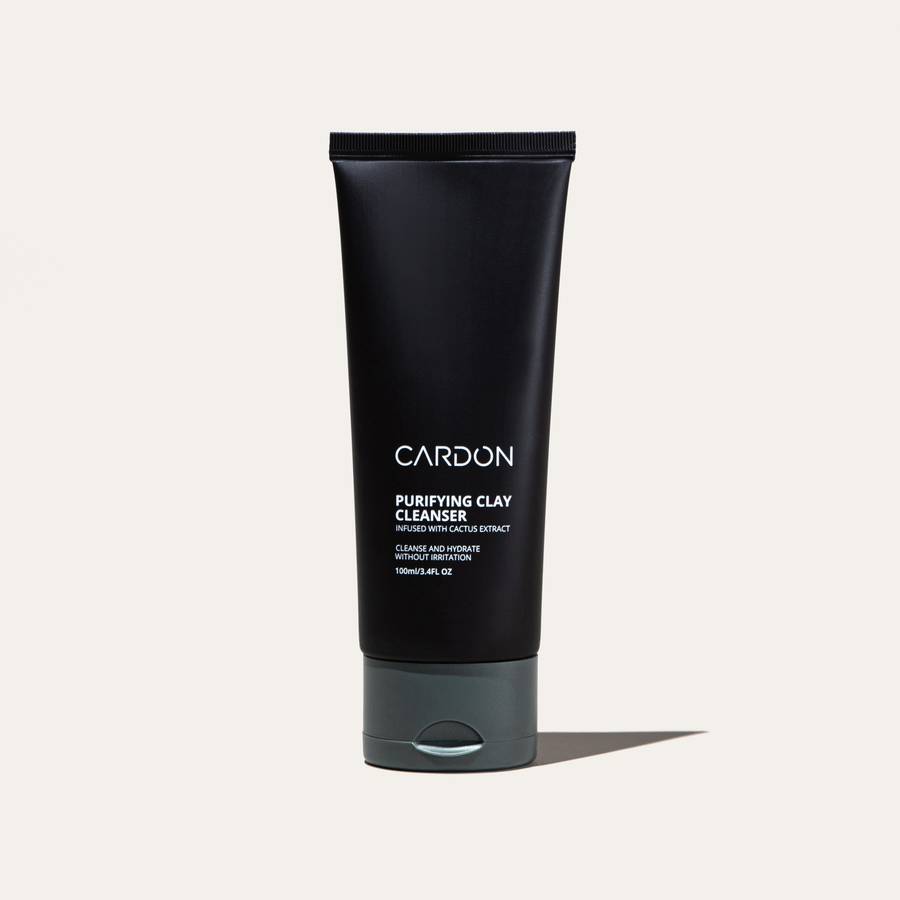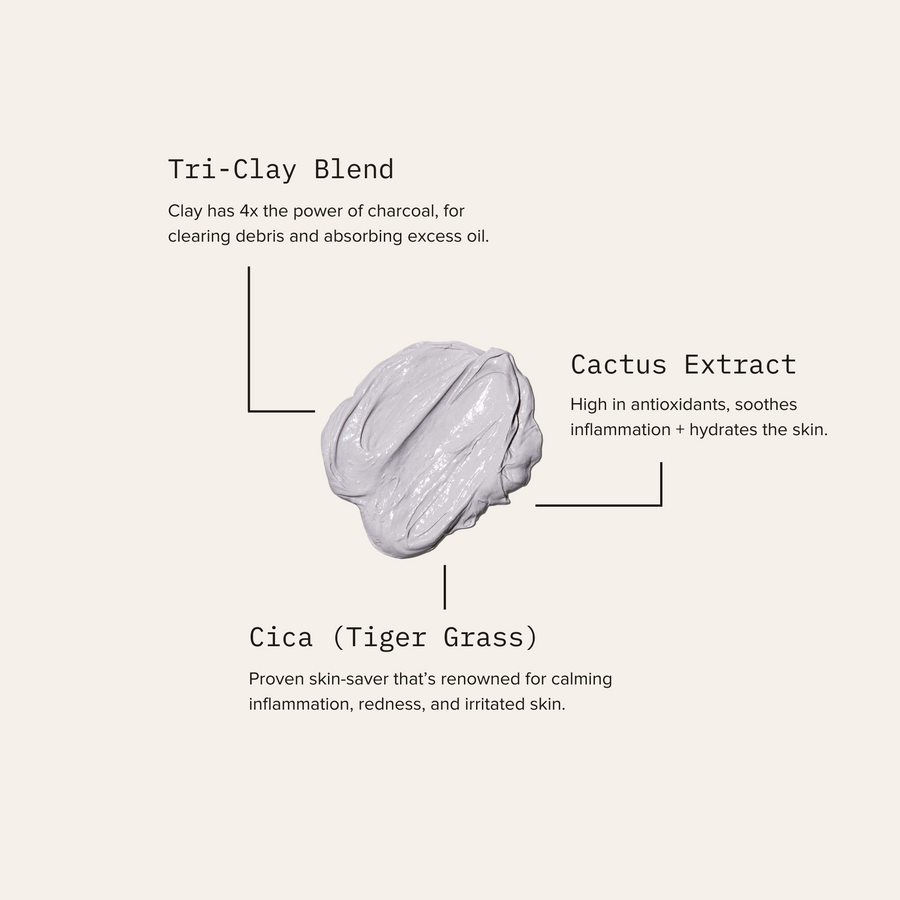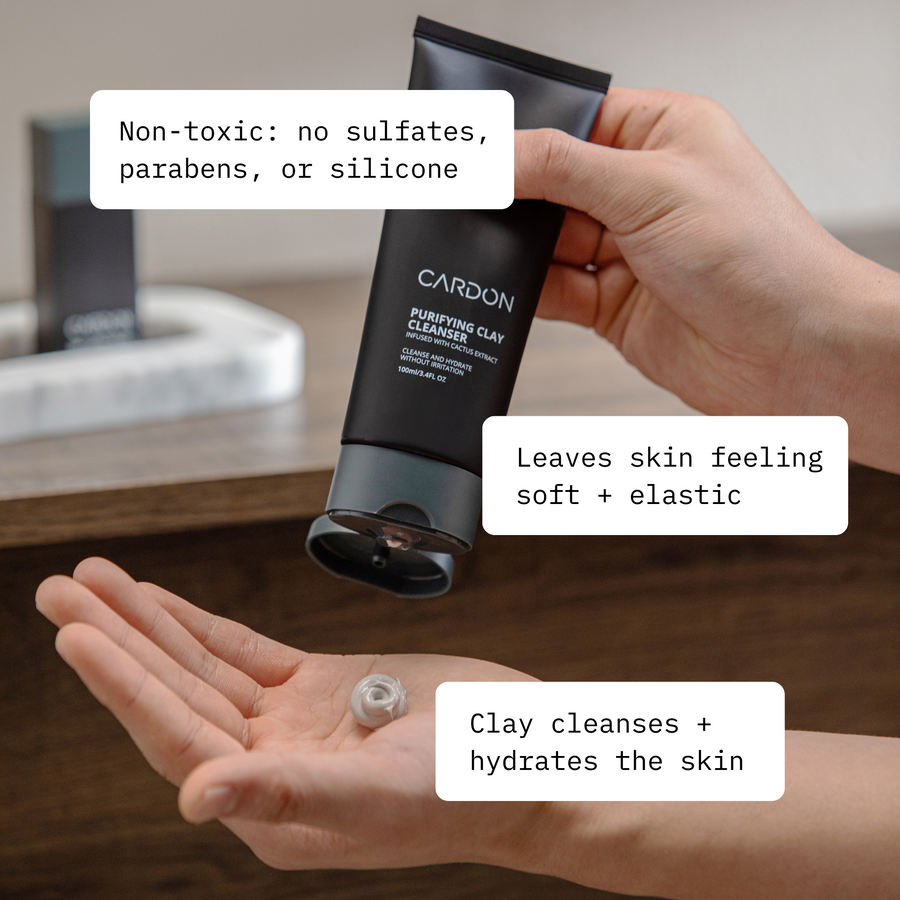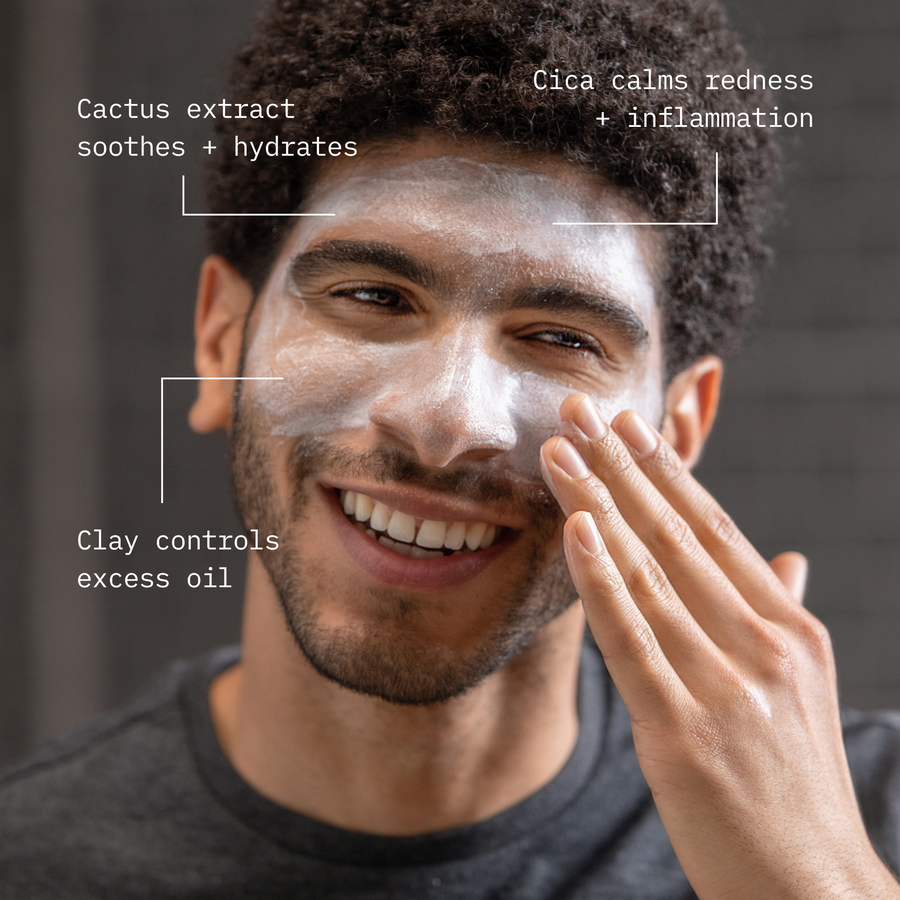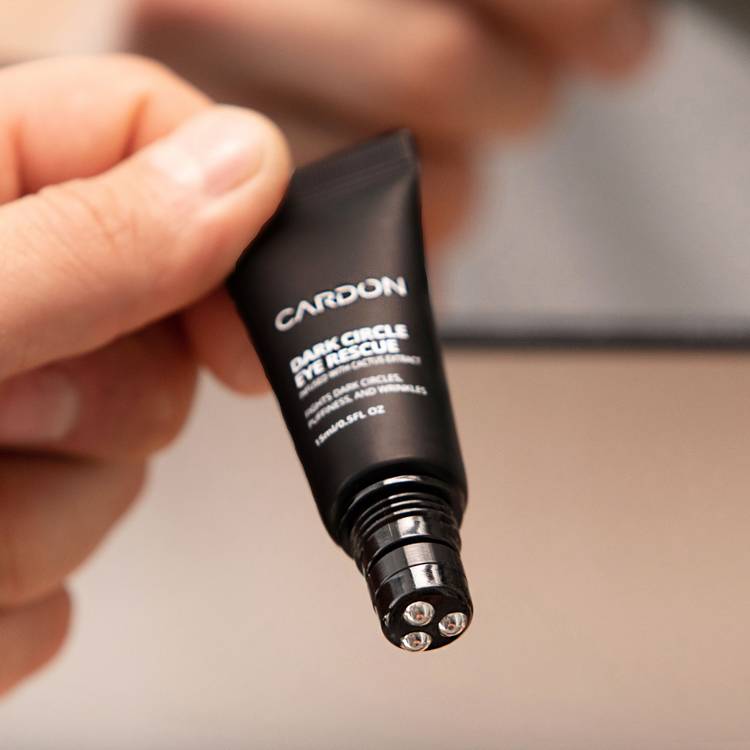The Best Acne Skincare Routine

Your skincare regimen should cater to any skin condition that you experience—be it oily, dry, or sensitive. And acne-prone skin is no exception. If you regularly get pimples, then it’s important to change something with your daily habits or your skincare regimen itself. (It can help to start by speaking with a board-certified dermatologist to get to the bottom of things, too.)
Read on for our advice on building a thorough acne skincare routine, in order to prevent future breakouts and to reduce the appearance of current blemishes.
How to Identify Acne
First, before you proceed with treating or preventing acne, it’s important to understand what type of acne you’re experiencing. Here are the primary types you are likely to experience.

Comedones: These are non-inflammatory acne lesions and can be open (blackheads) or closed (whiteheads). They occur when hair follicles become clogged with oil, dead skin cells, and bacteria.
Papules: Papules are small, red, and inflamed bumps on the skin. They are the result of infected or irritated comedones.
Pustules: Pustules are similar to papules but contain pus at their tips, making them appear as white or yellow bumps with a red base.
Nodules: Nodules are large, painful, solid lumps beneath the surface of the skin. They develop when clogged and swollen pores cause deeper infections.
Cysts: Cysts are the most severe form of acne lesions. They are large, pus-filled, painful bumps that can cause significant scarring. Cysts result from the infection of clogged pores deep within the skin.
What Causes Acne
Sure, if you don’t wash your face enough or eat too much sugary food, you’re likely to get a blemish. That’s the obvious stuff. But here are the primary factors (environmental and biological) that lead to blemishes—the underlying causes, that is.
Environmental Causes:
Excess Sebum Production: If you have overactive oil glands, then this backup of sebum can clog pores.
Humidity and Sweating: High humidity and excessive sweating can create a favorable environment for bacteria to thrive and clog pores.
Pollution: Exposure to air pollution and toxins can irritate the skin, leading to inflammation and acne breakouts.
Cosmetic Products: Some makeup and skincare products may contain ingredients that clog pores or irritate the skin. More on the ingredients to avoid, below.
Pressure and Friction: Constant pressure or friction on the skin (like from tight clothing on the body, as well as hats and helmets) can trigger acne.

Biological Causes:
Hormonal Fluctuations: Androgens like testosterone (present in all people), can trigger an increase of sebum production, making acne more likely during puberty, menstruation, times of stress, and hormonal any other imbalances.
Genetics: Family history plays a role in acne susceptibility. If your parents had acne, you may be more prone to it as well.
Bacterial Infection: The bacteria Propionibacterium acnes, also known as P.acnes, normally resides on the skin. However, it can multiply rapidly in clogged pores, leading to inflammation and acne formation.
Trapped Skin Cells: If you don’t exfoliate regularly (and if your body doesn’t do it fully on its own), then dead skin cells can get trapped in the pores beside hair follicles, which leads to clogged pores.
Stress: High levels of stress can trigger hormonal fluctuations, particularly an increase in cortisol (the stress hormone). Elevated cortisol levels may lead to increased sebum production and inflammation, contributing to acne breakouts.
The Best Ingredients—and the Worst
For acne-prone skin, seeking out the right ingredients can make a world of difference. Here are the ones to familiarize yourself with, and the ones to avoid.
The Best Ingredients for Acne
Chemical exfoliants: Look for exfoliating products containing alpha hydroxy acids (AHAs) like glycolic acid and lactic acid, as well as beta hydroxy acids (BHAs) namely salicylic acid. While AHAs help turnover the surface-level cells to prevent clogged pores and dry skin buildup, BHAs seep into the pores to free up trapped cells and reduce oil buildup. They can also help regulate future oil production.
Benzoyl peroxide: You can get over-the-counter benzoyl peroxide products or a high-grade prescription from your doctor. It combats acne-causing bacteria and helps clear existing breakouts.
Retinoids: Retinoids, such as retinol or adapalene, can promote skin cell turnover, preventing pore blockage and fostering smoother, healthier skin.
Niacinamide: Vitamin B3, or niacinamide, is a versatile ingredient that regulates sebum production, calms redness, and minimizes the appearance of blemishes.
Tea tree oil: This natural ingredient has antimicrobial properties which can reduce bacterial acne, and it can help temper oil production in the pores.


The Worst Ingredients for Acne
Above all, you want to avoid “comedogenic” ingredients. This term refers to ingredients that cause comedones, which you’ll recall are whiteheads and blackheads. Some of the most comedogenic culprits to avoid include coconut oil, cocoa butter, and isopropyl myristate. These ingredients can trap excess oil and debris on the skin, leading to inflammation and acne formation.
Acne-prone skin should also steer clear of ingredients like lanolin and mineral oil, as they have the potential to exacerbate inflammation and pore congestion. Opting for non-comedogenic, oil-free products can help prevent further breakouts and will allow you to maintain a clearer complexion for the long term.
Skincare Routine for Acne-Prone Skin
By following a dedicated regimen that targets acne-prone skin, you can make strides in preventing future blemishes while also reducing current breakouts. Follow these steps.
1. Cleanse: Wash your face twice daily with a gentle, non-comedogenic cleanser to remove dirt, excess oil, and sweat without drying out your skin.
2. Tone: Apply an alcohol-free toner to balance your skin's pH, tighten pores, and prepare it for better absorption of subsequent products.
3. Exfoliate 1-2 times weekly: Incorporate exfoliation into your routine by using products containing AHAs and BHAs. These chemical exfoliants help unclog pores, remove dead skin cells, and promote cell turnover, reducing the likelihood of acne formation and improving overall skin texture.
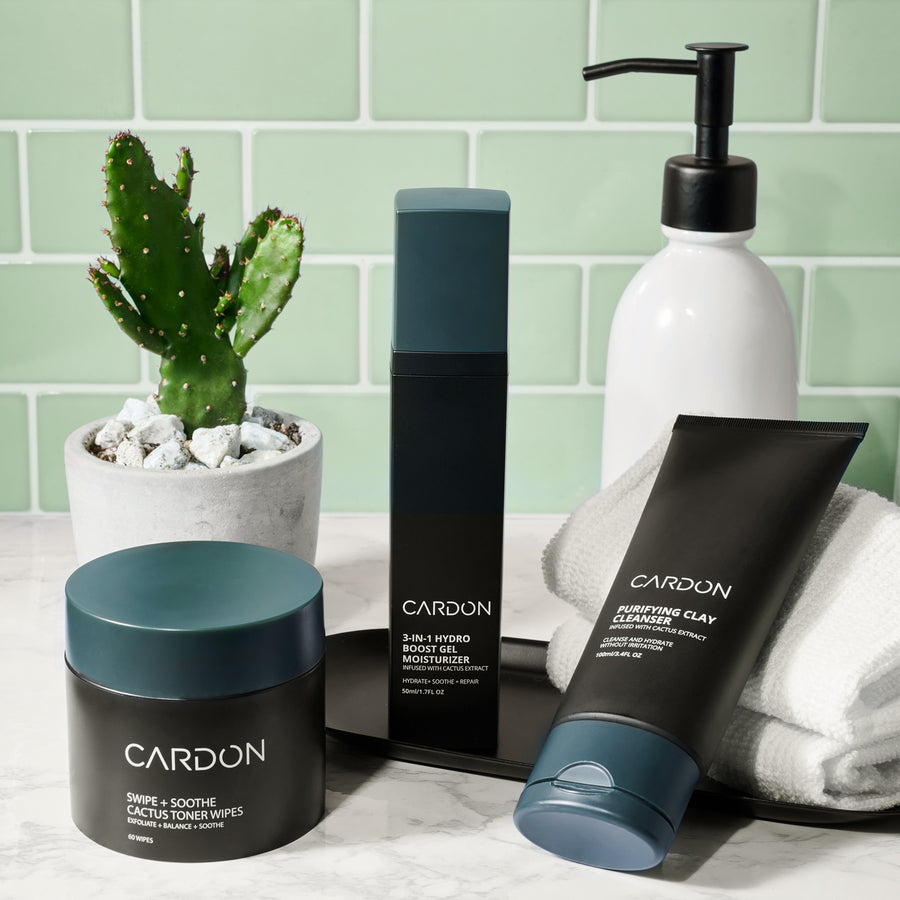

4. Apply treatment: Use a topical acne treatment with ingredients like benzoyl peroxide, salicylic acid, or retinoids to target existing breakouts and prevent new ones. Pimple patches with salicylic acid are a great way to reduce pesky one-off blemishes.
5. Moisturize: Moisturize with an oil-free, non-comedogenic product to keep your skin hydrated without clogging pores. Better yet, choose a moisturizer with SPF to combine this step and the next one.
6. Sunscreen: Apply a broad-spectrum sunscreen (every single day!) with an SPF of 30 or higher to protect your skin from harmful UV rays. (These rays will also increase the amount of time that your skin takes to disappear post-inflammatory acne marks, and will accelerate signs of aging.)
7. Avoid touching: Refrain from touching your face throughout the day to prevent transferring bacteria and oils.


8. Keep hair and pillowcases clean: Wash your hair regularly and avoid letting it come into contact with your face to prevent oil and dirt buildup. At the very least, rinse it before bed, or wash pillowcases 1-2 times weekly to prevent a buildup of oil and bacteria that easily transfers to your face.
9. Use a humidifier: Consider using a humidifier in your bedroom, especially during dry seasons or in dry climates, to maintain a balanced level of humidity. A humidifier helps keep your skin hydrated and can prevent excessive dryness, which may worsen acne. At the very least, don’t turn the A/C on full blast.
Best Acne Treatments
In addition to oral and topical retinoids prescriptions, as well as high-grade benzoyl peroxide prescriptions, the below are the best remedies for acne that you can get today. Speak with your board-certified dermatologist for the best plan for you, and to discuss other lifestyle changes that may benefit you in the long run.
1. Spot treatments: From sulfur to clay, from benzoyl to salicylic acid to tea tree oil. Spot treatments deliver a high dose of acne-fighting ingredients into the blemish, rather than being applied across the entire face or body. Depending on their key active ingredient, these treatments can help control oil production, reduce inflammation, soothe skin, rid of trapped skin cells and oil buildup, or neutralize bacteria.
2. Pimple patches: Here is a specific kind of spot treatment. Pimple patches are adhesive patches that use hydrocolloid bandage technology to reduce inflammation, protect the wound, and absorb excess oil from the pimple. Some patches may also contain salicylic acid, which aids in exfoliating the affected area, reducing redness, and accelerating the healing process.
3. Oral antibiotics: In cases of moderate to severe acne, oral antibiotics like doxycycline may be prescribed by a dermatologist to combat bacteria and inflammation.
4. Blue light therapy: A non-invasive clinical treatment, blue light therapy targets and kills acne-causing bacteria, reducing the frequency and severity of breakouts.
5. Chemical peels: Performed by dermatologists or estheticians, chemical peels can exfoliate the skin, improve texture, and help unclog pores, making them beneficial for managing acne-prone skin. They are not advised for use on active acne, however.
Shop the Collection
.png?v=1671640176423&options=w_600)
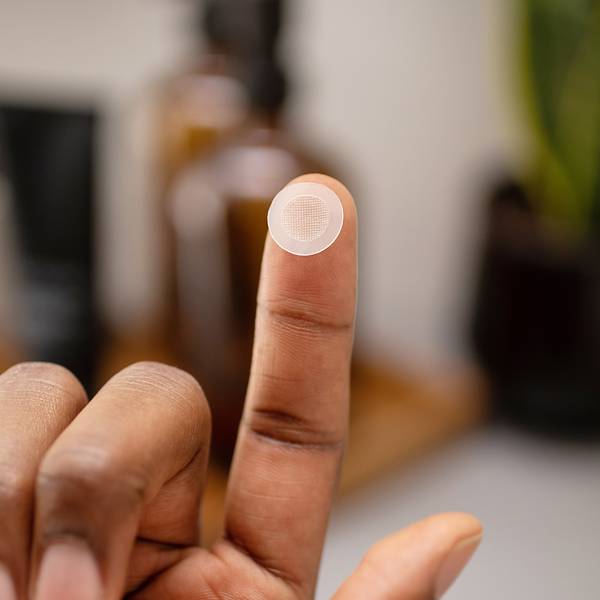
Prickly Pimple Patch
good for:
2021 Esquire Grooming Award Winner
Zit happens, so we made the Prickly Pimple Patch, your one-step solution for pesky breakouts. Soft dissolving microneedles go where no pimple cream has gone before—delivering acne-fighting ingredients like Salicylic Acid and Cica directly to the site of the inflammation and target acne dark spots. Works on ingrown hairs too!
“I applied the patch to a few raised bumps that appear to be clogged pores. Overnight one was significantly reduced while the other seems to have disappeared. Easy process and highly effective.” - Todd S.
Prickly Pimple Patch
good for:
2021 Esquire Grooming Award Winner
Zit happens, so we made the Prickly Pimple Patch, your one-step solution for pesky breakouts. Soft dissolving microneedles go where no pimple cream has gone before—delivering acne-fighting ingredients like Salicylic Acid and Cica directly to the site of the inflammation and target acne dark spots. Works on ingrown hairs too!
“I applied the patch to a few raised bumps that appear to be clogged pores. Overnight one was significantly reduced while the other seems to have disappeared. Easy process and highly effective.” - Todd S.
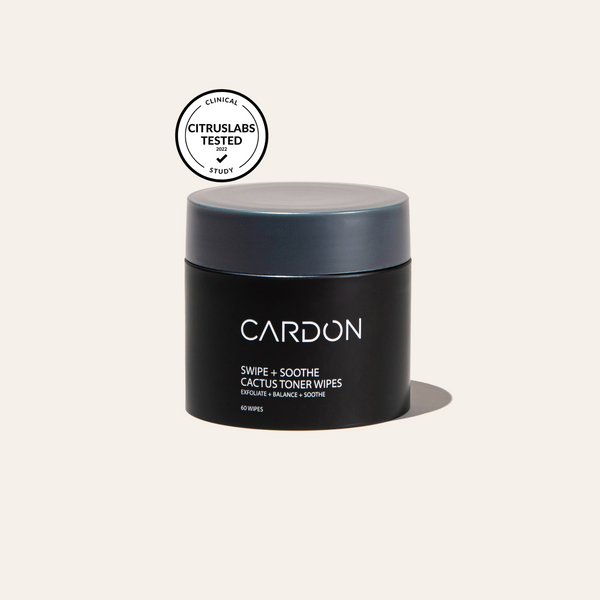
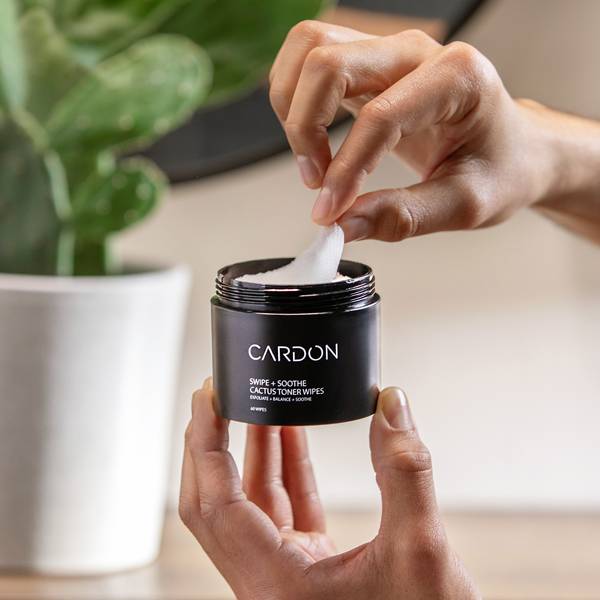
Exfoliating Facial Toner Wipes
good for:
After a long, busy day you just want to sit back, relax, and crack open—our biodegradable Exfoliating Facial Toner Wipes.
Wipe the stress and grime away with our Exfoliating Facial Toner Wipes, which use PHAs and caffeine to unclog pores, balance pH, and soothe the skin all in one easy step. No water needed.
Due to demand, this product is temporarily out of stock. Click "Notify Me" below to be the first to know when it's back!
Exfoliating Facial Toner Wipes
good for:
After a long, busy day you just want to sit back, relax, and crack open—our biodegradable Exfoliating Facial Toner Wipes.
Wipe the stress and grime away with our Exfoliating Facial Toner Wipes, which use PHAs and caffeine to unclog pores, balance pH, and soothe the skin all in one easy step. No water needed.
Due to demand, this product is temporarily out of stock. Click "Notify Me" below to be the first to know when it's back!


Daily SPF + Moisturizer
good for:
We’re playing favorites—this is the #1 most important step in your skincare routine. Stave off sun damage for healthy, youthful skin for years to come with our Daily SPF + Moisturizer, acclaimed best lightweight moisturizer with SPF by GQ!
Its fast-absorbing, lightweight formula uses Cactus and Chia Seed Extract to provide all-day hydration, plus Broad Spectrum SPF 30 to protect against UVA and UVB rays with ZERO residue or white cast.
“After trying several different brands, I finally found a product I like. It's lightweight, not sticky, and has a very subtle, fresh scent. Will definitely order again. I highly recommend this product.” - Sara T.
Daily SPF + Moisturizer
good for:
We’re playing favorites—this is the #1 most important step in your skincare routine. Stave off sun damage for healthy, youthful skin for years to come with our Daily SPF + Moisturizer, acclaimed best lightweight moisturizer with SPF by GQ!
Its fast-absorbing, lightweight formula uses Cactus and Chia Seed Extract to provide all-day hydration, plus Broad Spectrum SPF 30 to protect against UVA and UVB rays with ZERO residue or white cast.
“After trying several different brands, I finally found a product I like. It's lightweight, not sticky, and has a very subtle, fresh scent. Will definitely order again. I highly recommend this product.” - Sara T.
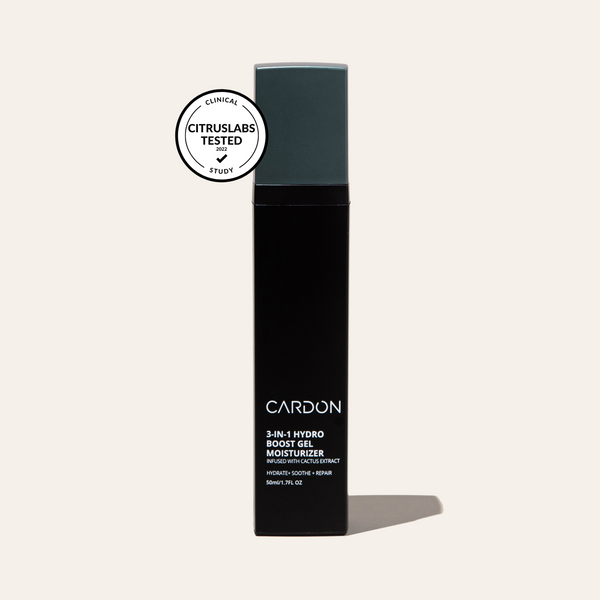

Hydro Boost Gel Moisturizer
good for:
Like a night cap for your skin, our Hydro Boost Gel Moisturizer is the ideal way to finish your evening.
This 3-in-1 gel moisturizer uses Cactus Extract and Rosehip Oil to put in the work while you snooze—hydrating, soothing, and repairing your skin all night long.
“This easily became part of my nightly routine. I've started to notice my face looking healthier and smoother. As a 32 y/o, you start to notice wrinkles creeping in, this helps me keep them at bay.” - Andrew S.
Hydro Boost Gel Moisturizer
good for:
Like a night cap for your skin, our Hydro Boost Gel Moisturizer is the ideal way to finish your evening.
This 3-in-1 gel moisturizer uses Cactus Extract and Rosehip Oil to put in the work while you snooze—hydrating, soothing, and repairing your skin all night long.
“This easily became part of my nightly routine. I've started to notice my face looking healthier and smoother. As a 32 y/o, you start to notice wrinkles creeping in, this helps me keep them at bay.” - Andrew S.
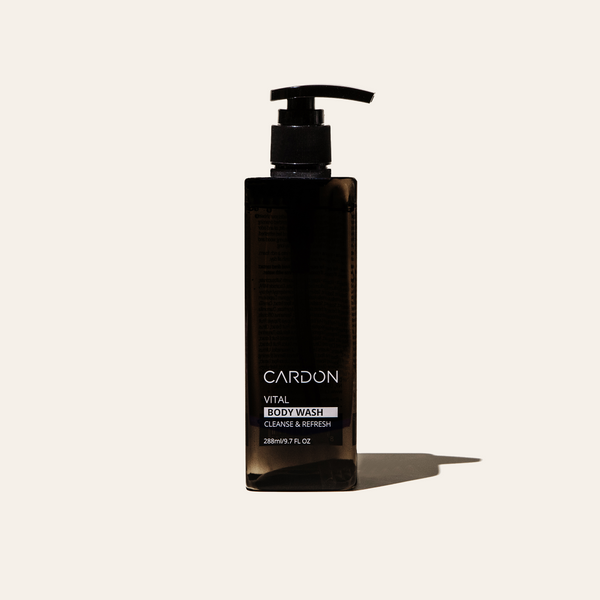
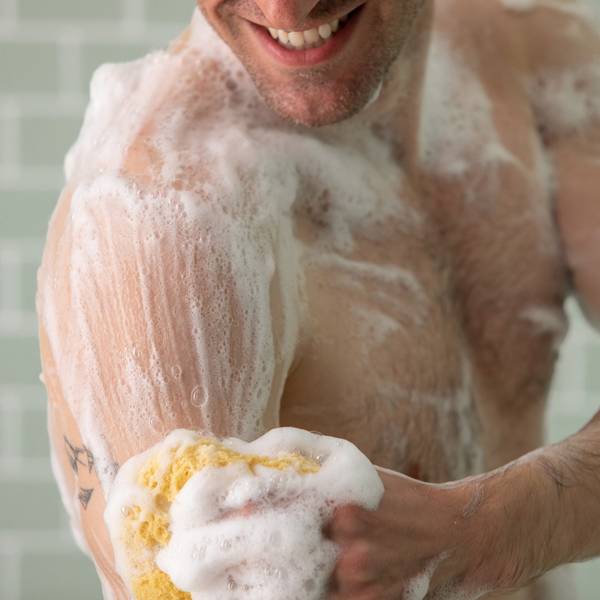
AWARD
Vital Body Wash
good for:
Step up your shower game with the Vital Body Wash, an energizing, body-acne clearing emulsion and 2022 GQ Grooming Award Winner!
The active lather uses natural, non-stripping ingredients like Green Tea and Sea Buckthorn to deeply cleanse, tackle breakouts, and combat body odor. The invigorating woody fragrance blend will make your skin smell as good as it looks.
“This body wash gets the job done! It cleans you thoroughly without drying out your skin. You smell fresh and clean, not perfumed. And as always with Cardon... a little goes a long way.” - Troy H.
Vital Body Wash
good for:
Step up your shower game with the Vital Body Wash, an energizing, body-acne clearing emulsion and 2022 GQ Grooming Award Winner!
The active lather uses natural, non-stripping ingredients like Green Tea and Sea Buckthorn to deeply cleanse, tackle breakouts, and combat body odor. The invigorating woody fragrance blend will make your skin smell as good as it looks.
“This body wash gets the job done! It cleans you thoroughly without drying out your skin. You smell fresh and clean, not perfumed. And as always with Cardon... a little goes a long way.” - Troy H.

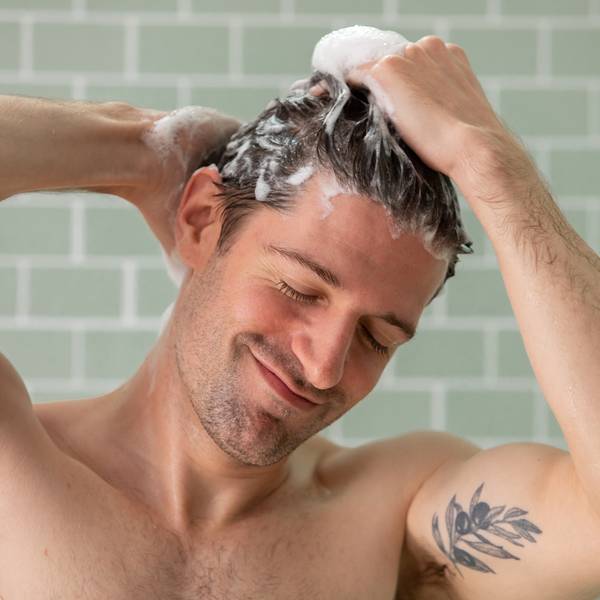
NEW
NEW
Cleanse + Refresh Set
good for:
Hit refresh! The Cleanse + Refresh Set gives you the ultimate cleanse from head to toe with highly-effective skincare-grade formulas. Strengthening Shampoo boosts hair volume, Vital Body Wash fights dryness and breakouts, and Purifying Clay Cleanser keeps your skin clear and balanced. It's the perfect set for a fresh, confident look every day!
Pro tip: Use Purifying Clay Cleanser as a spot treatment for pimples or pore-clearing clay mask. Apply to the affected area or the full face and rinse off after 10 minutes.
Includes Steps:
- 01 Purifying Clay Cleanser
- 02 Hair Thickening + Strengthening Shampoo
- 03 Vital Body Wash
Never go empty! Subscribe + Save 10%
Cleanse + Refresh Set
good for:
Hit refresh! The Cleanse + Refresh Set gives you the ultimate cleanse from head to toe with highly-effective skincare-grade formulas. Strengthening Shampoo boosts hair volume, Vital Body Wash fights dryness and breakouts, and Purifying Clay Cleanser keeps your skin clear and balanced. It's the perfect set for a fresh, confident look every day!
Pro tip: Use Purifying Clay Cleanser as a spot treatment for pimples or pore-clearing clay mask. Apply to the affected area or the full face and rinse off after 10 minutes.
Includes Steps:
- 01 Purifying Clay Cleanser
- 02 Hair Thickening + Strengthening Shampoo
- 03 Vital Body Wash
Never go empty! Subscribe + Save 10%
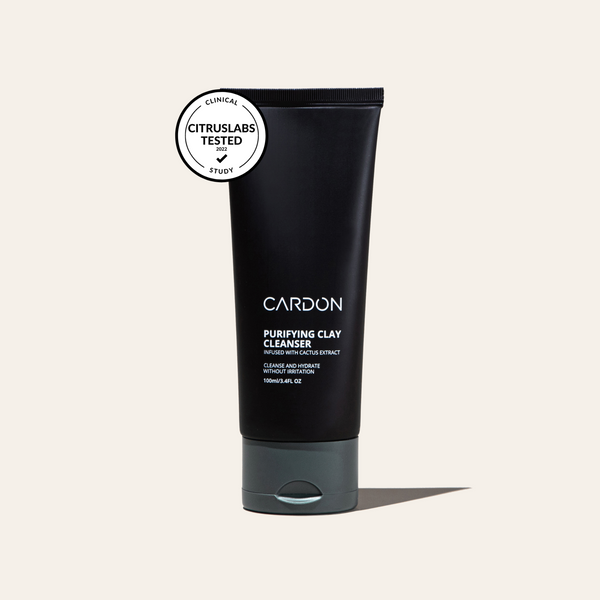
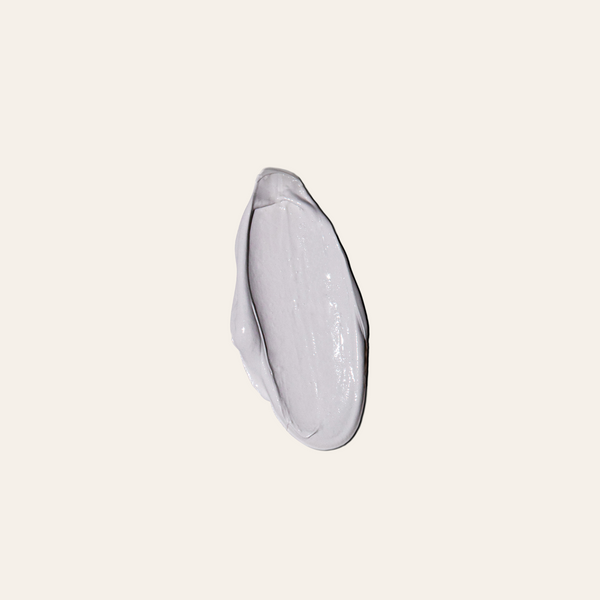
Purifying Clay Cleanser
good for:
The Purifying Clay Cleanser dares to answer the question: “what if you combined a detoxifying clay mask with a hydrating face wash?”
Our 2x Ask Men Grooming award-winning cleanser uses Cactus Extract and a Tri-Clay blend to remove excess oil and cleanse skin deeply from the grime of the day, never leaving skin feeling dry or tight. Powerful ingredients, yet gentle enough for daily use.
“The best face wash I have found for my oily, sensitive, acne-prone skin! With continued use, I've even seen a drastic reduction of oily shine on my face after long days in the office! Thank you, Cardon!” - Steve C.
Purifying Clay Cleanser
good for:
The Purifying Clay Cleanser dares to answer the question: “what if you combined a detoxifying clay mask with a hydrating face wash?”
Our 2x Ask Men Grooming award-winning cleanser uses Cactus Extract and a Tri-Clay blend to remove excess oil and cleanse skin deeply from the grime of the day, never leaving skin feeling dry or tight. Powerful ingredients, yet gentle enough for daily use.
“The best face wash I have found for my oily, sensitive, acne-prone skin! With continued use, I've even seen a drastic reduction of oily shine on my face after long days in the office! Thank you, Cardon!” - Steve C.
Cardon Products Are
Easy to Use
We never create two products when we can achieve the same results with one. Cardon products are designed to be easy to use every day.
Backed By Korean Innovation
Korean R&D is two decades ahead of the rest of the world. Cardon products use the highest quality, most effective ingredients out there.
Non-Toxic
Finally, an ingredient label you can feel good about. Every ingredient in Cardon products is good for your skin, and easy on the mind.
.png?v=1671640176423w_600)
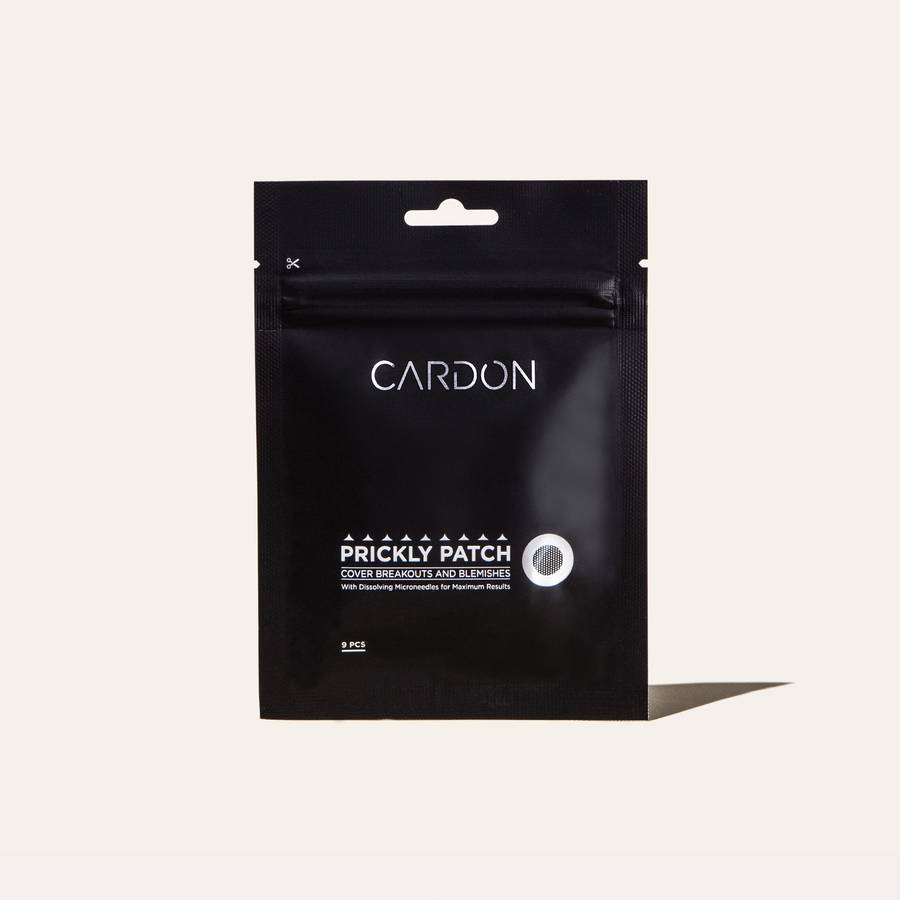

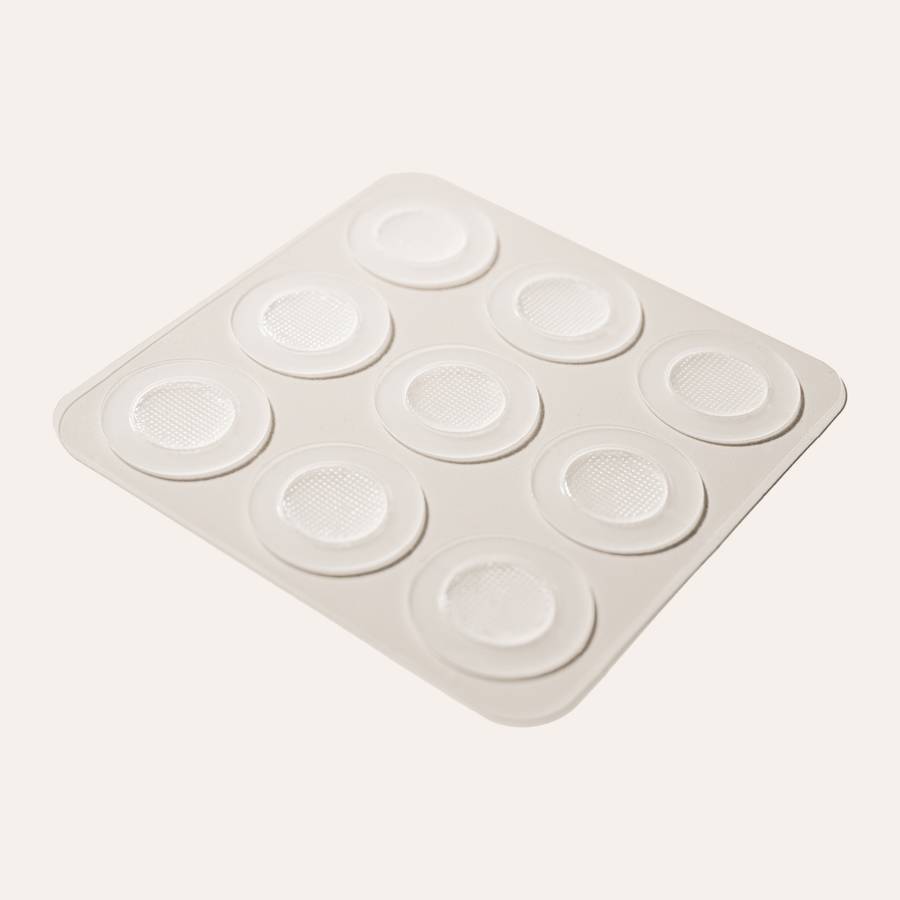
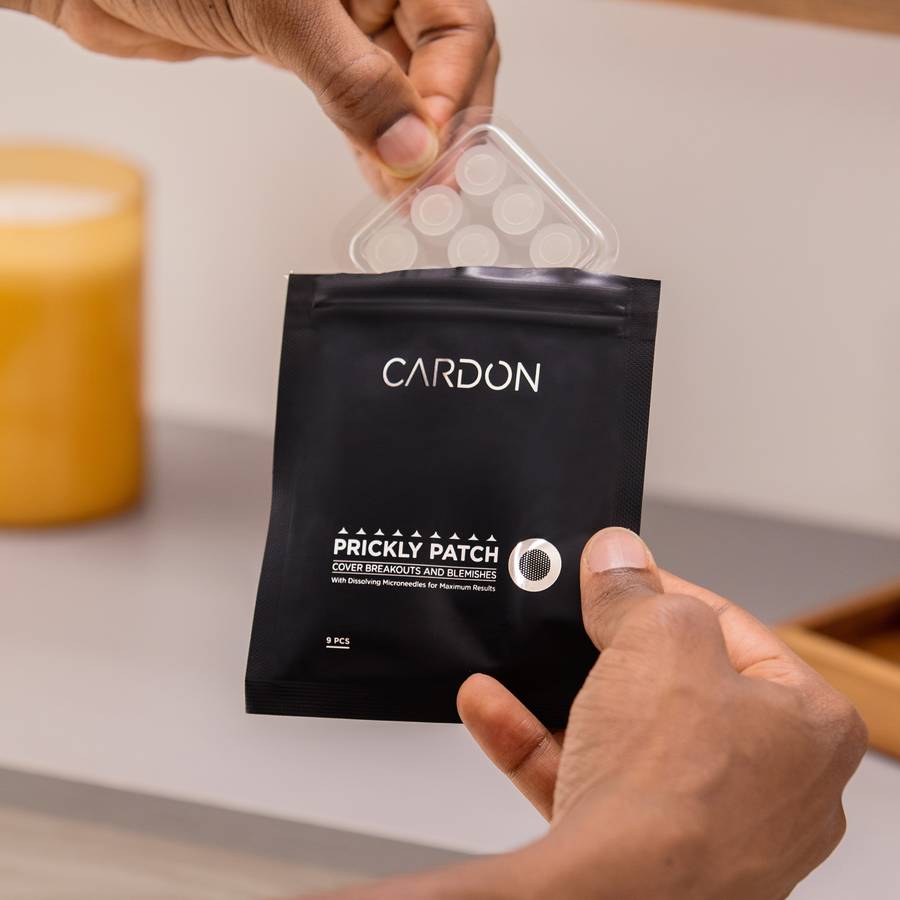
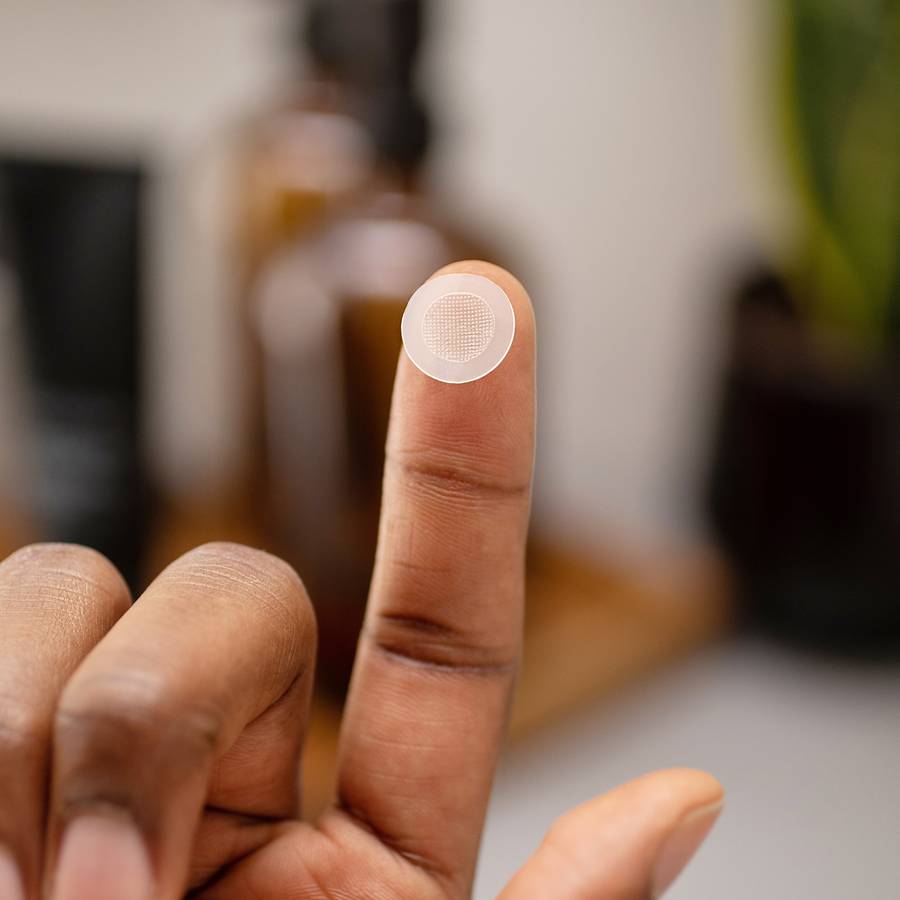
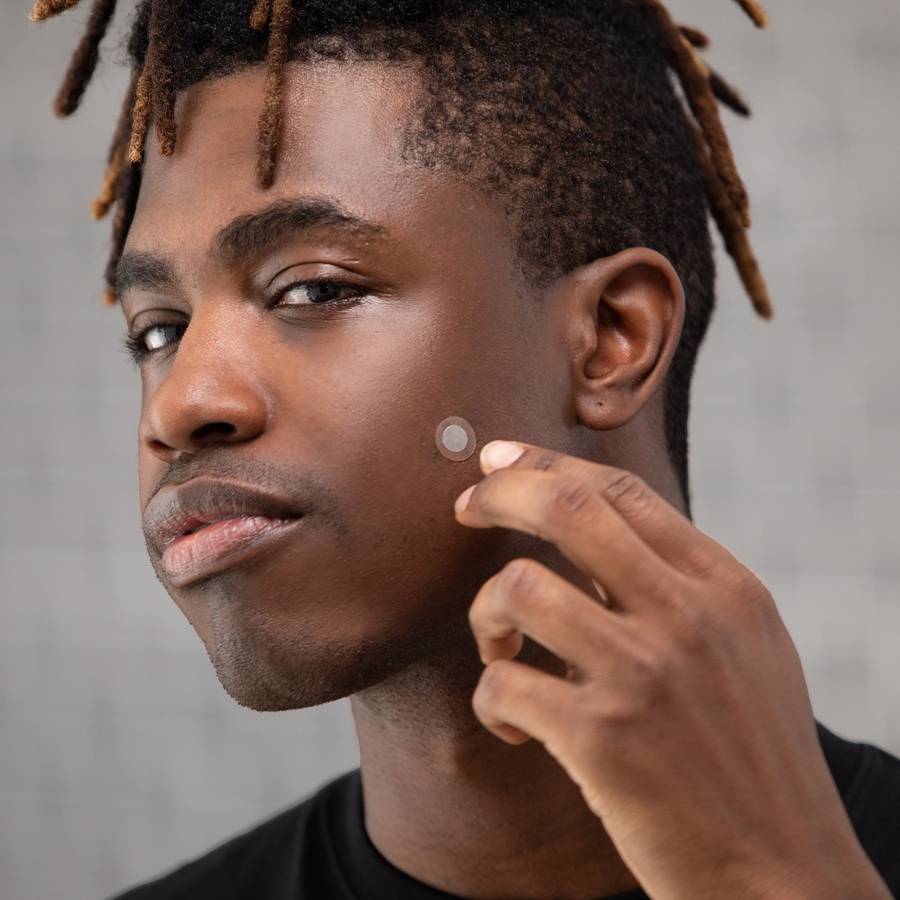
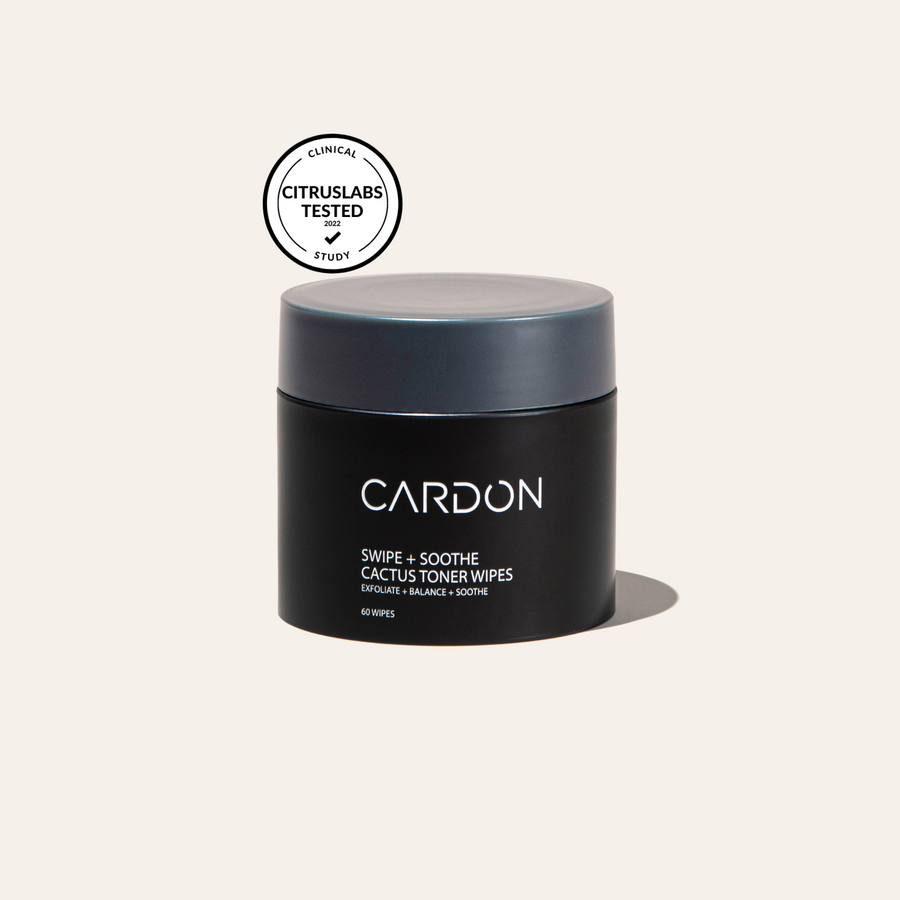

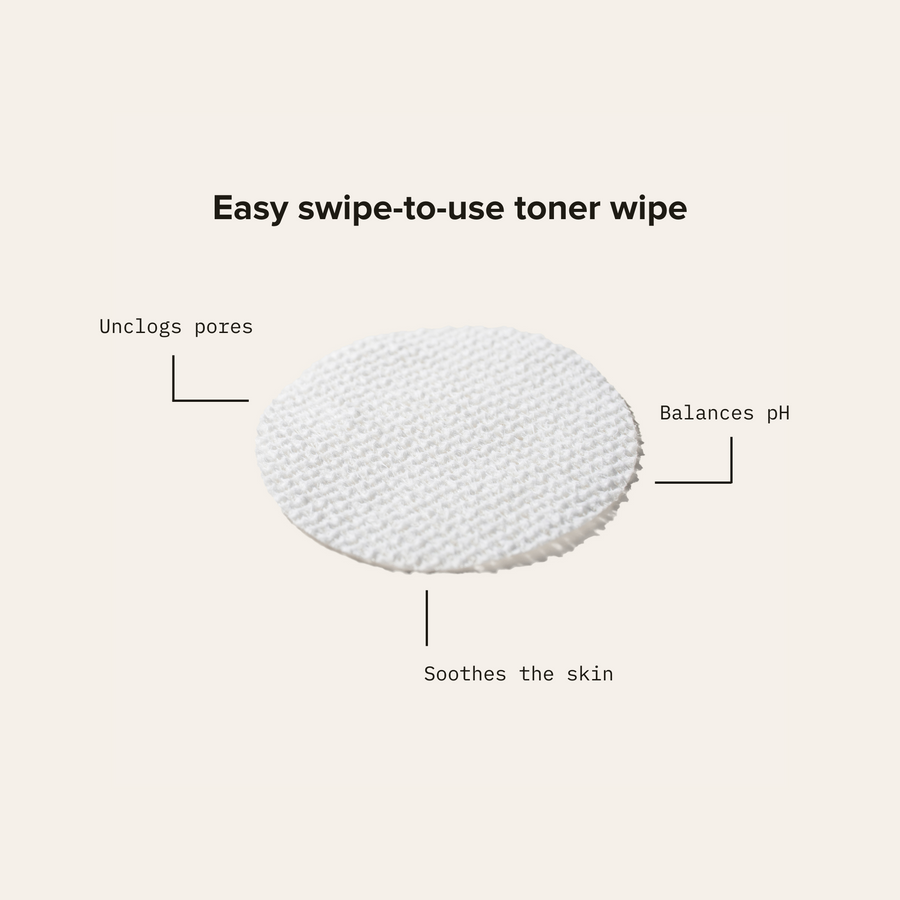
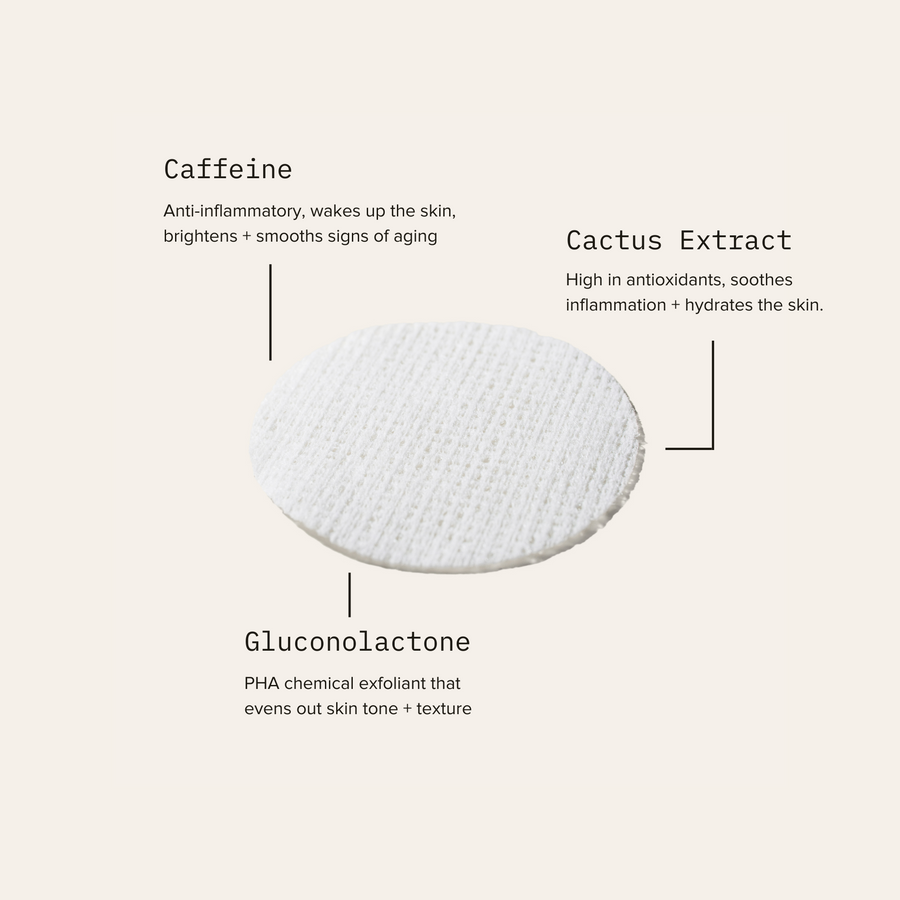

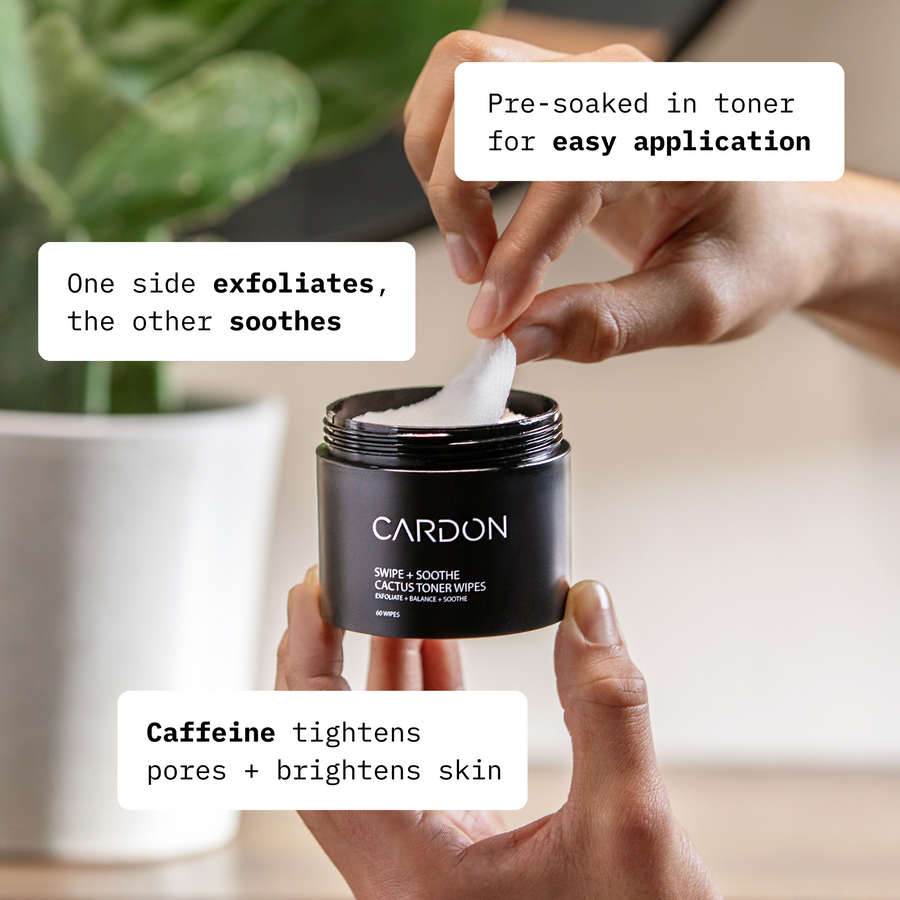

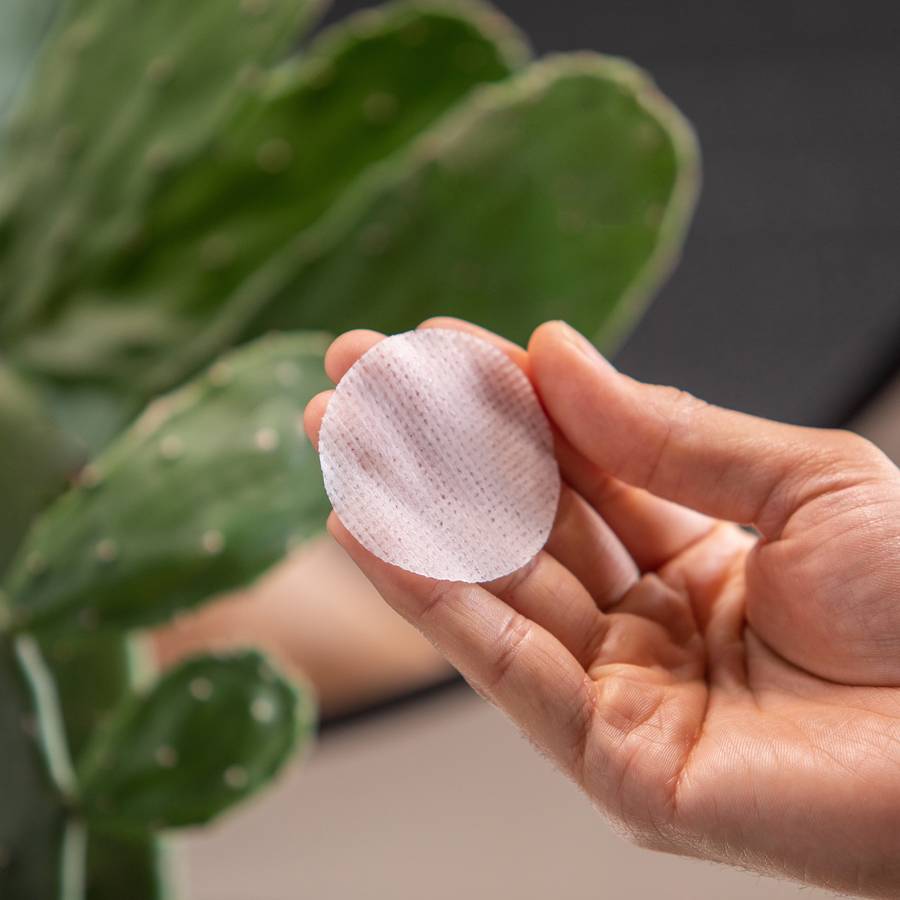
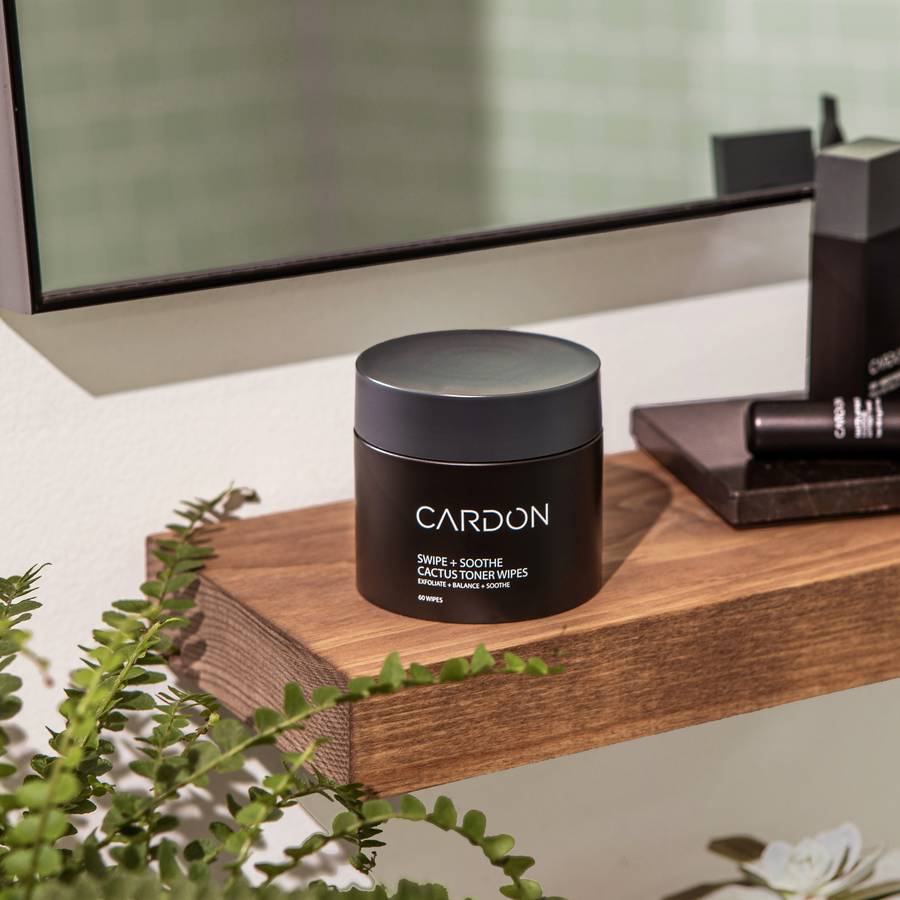
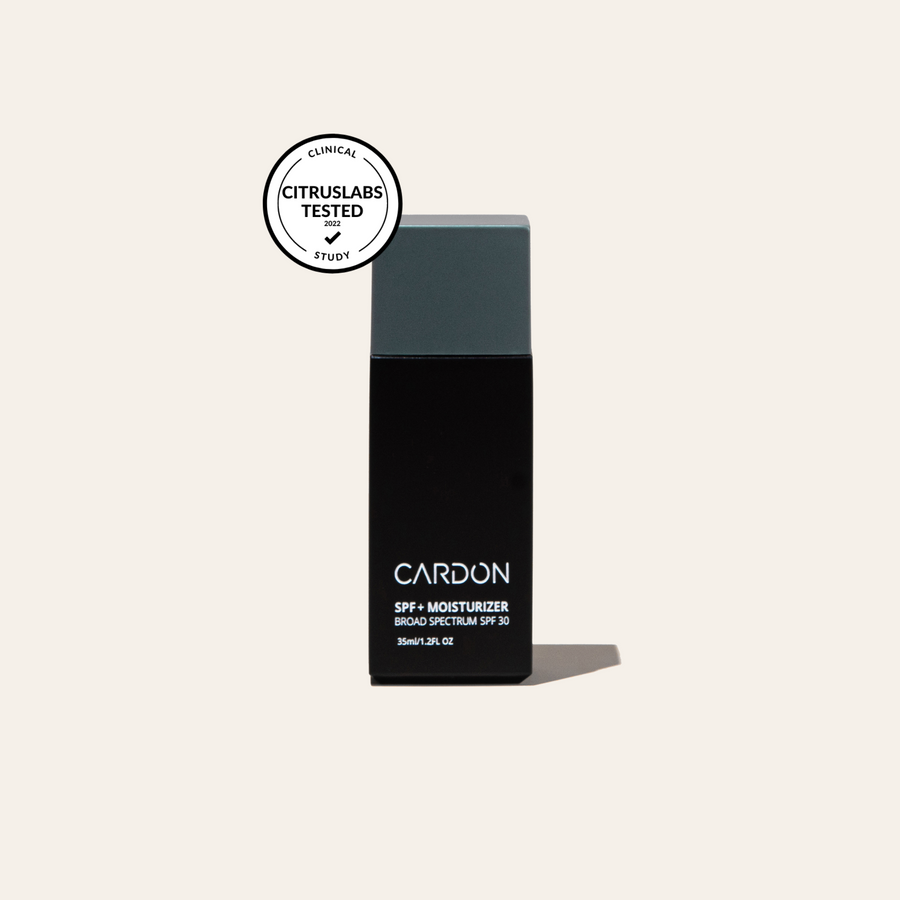

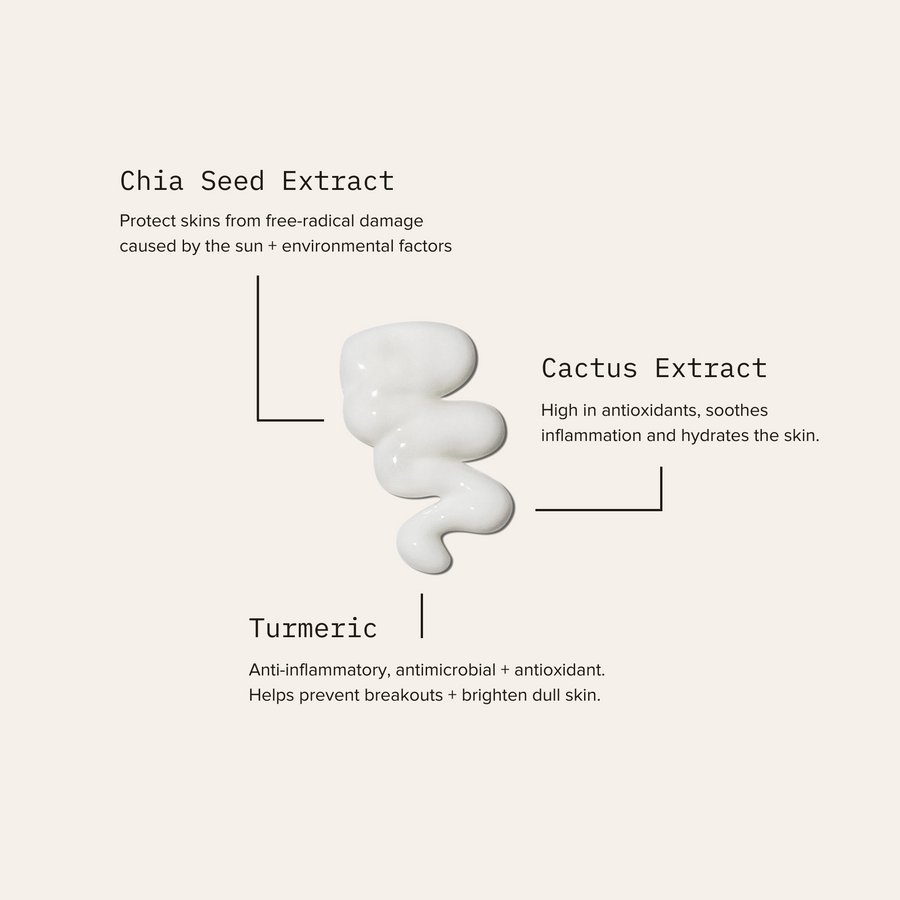

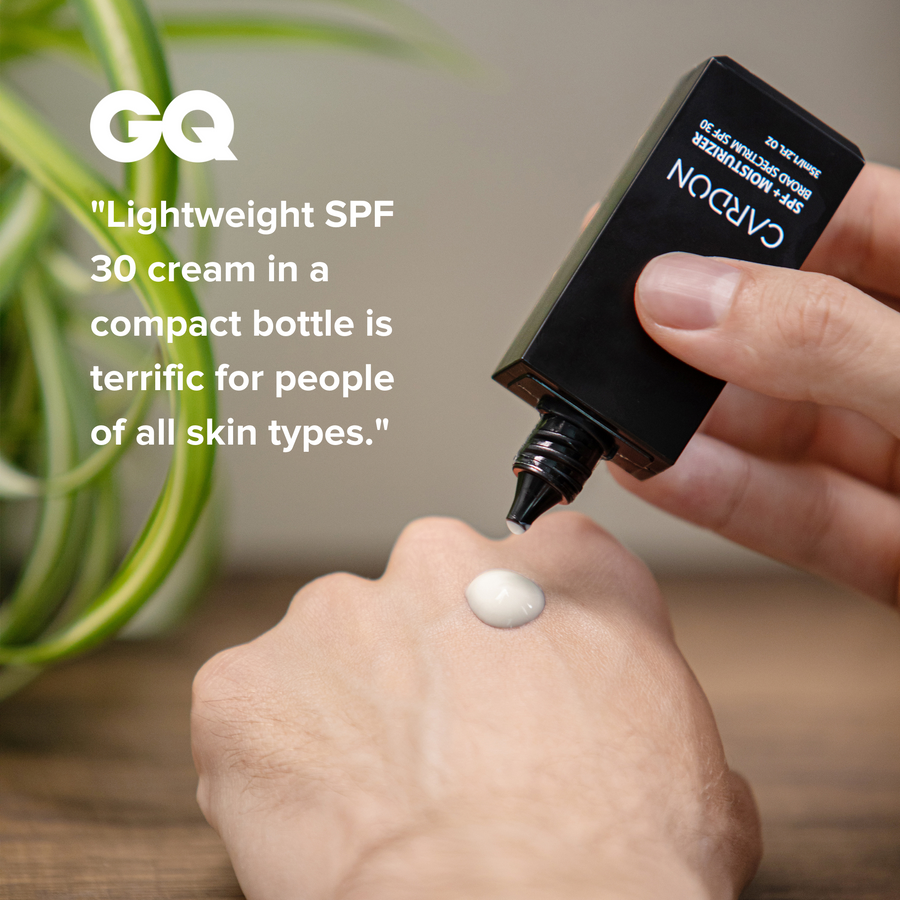

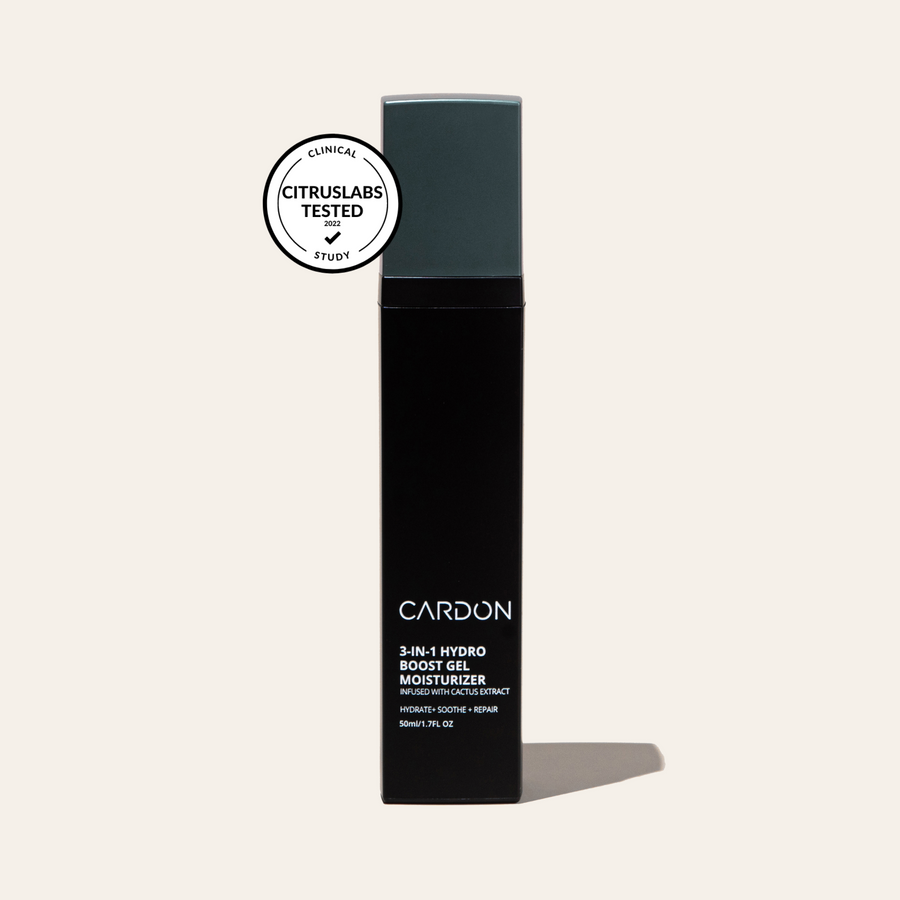
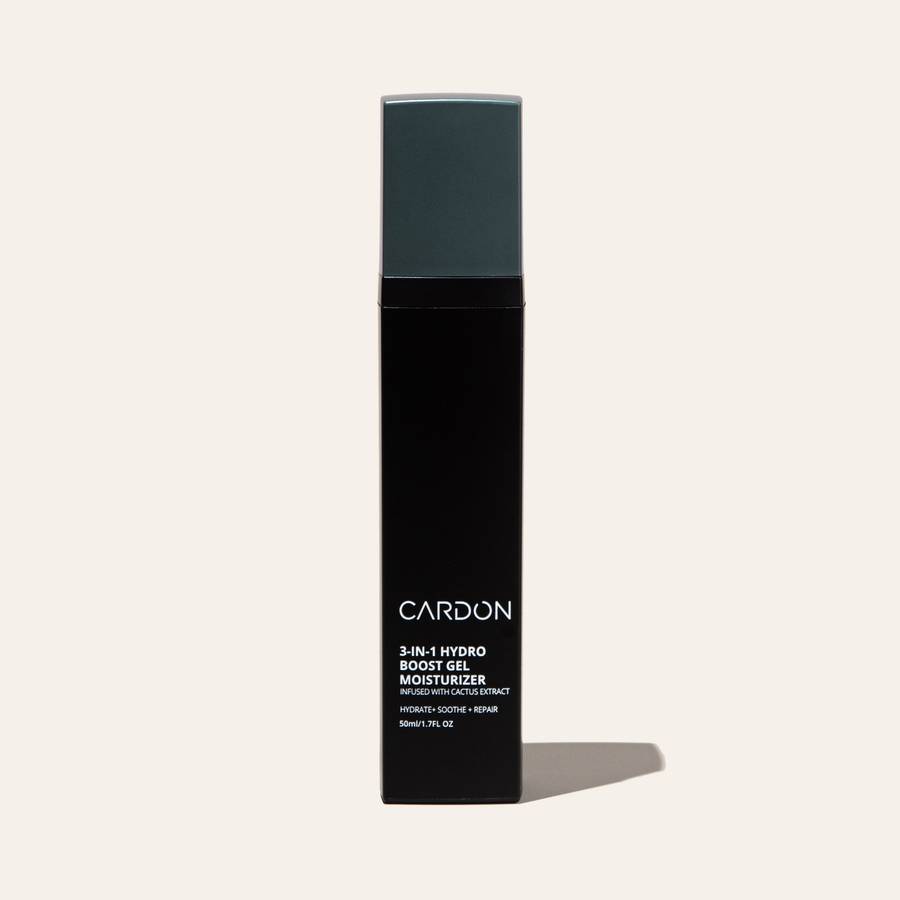
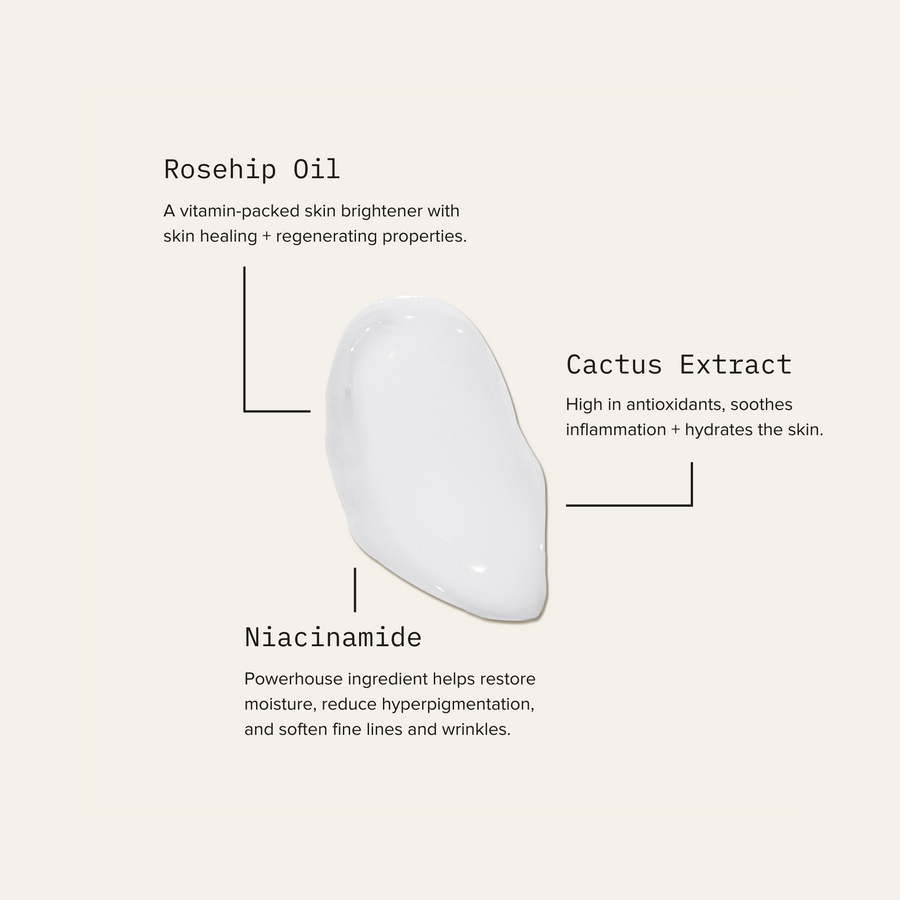

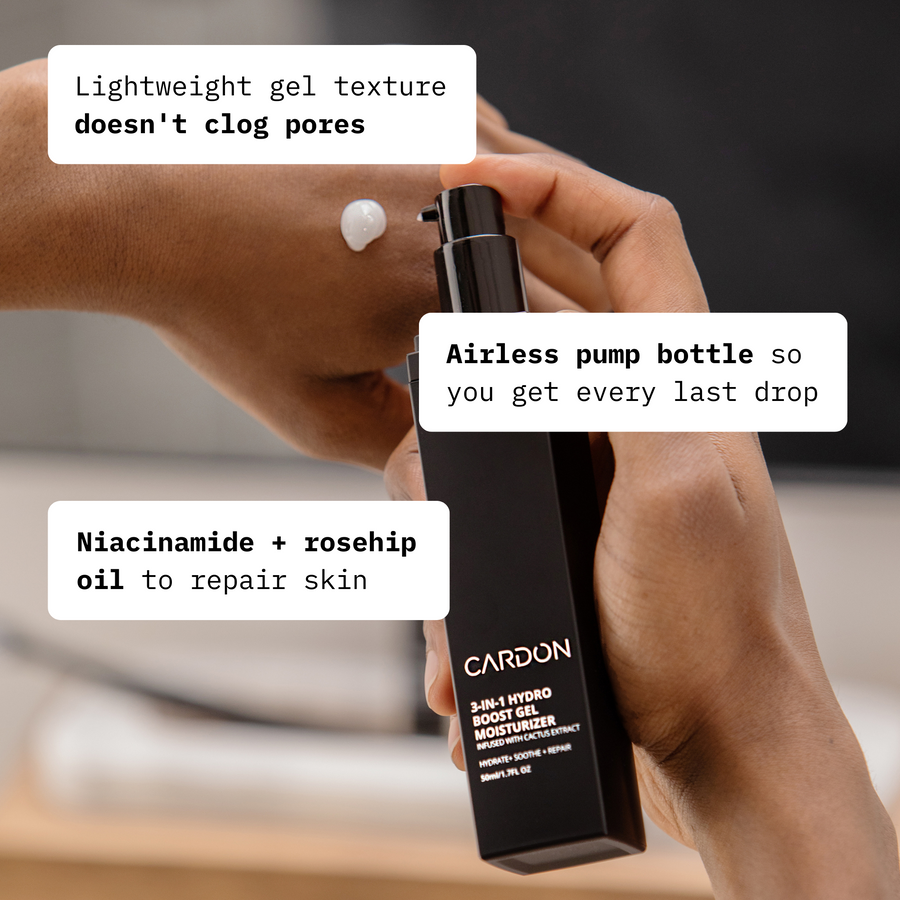

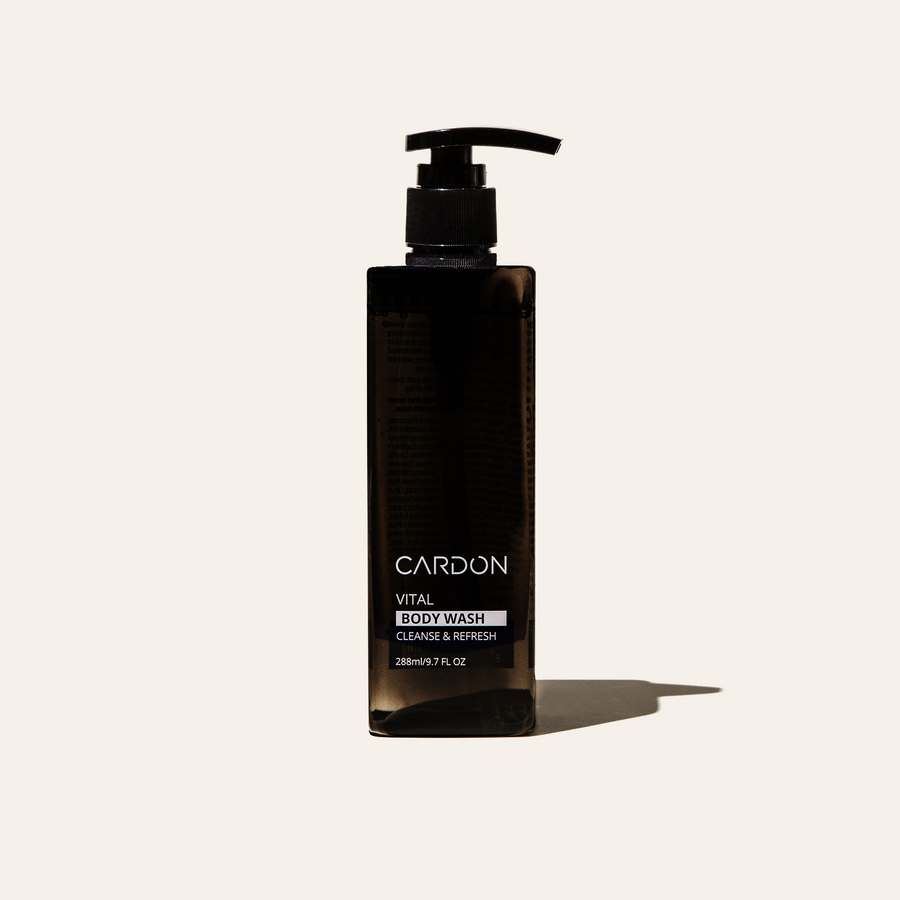
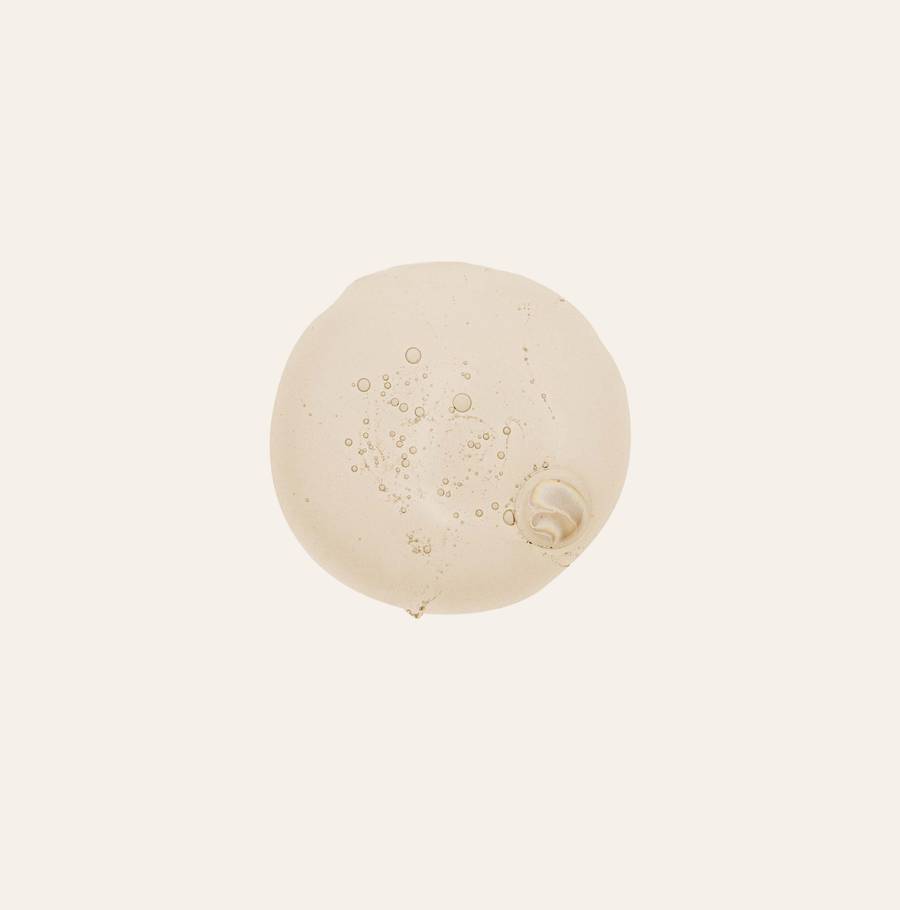

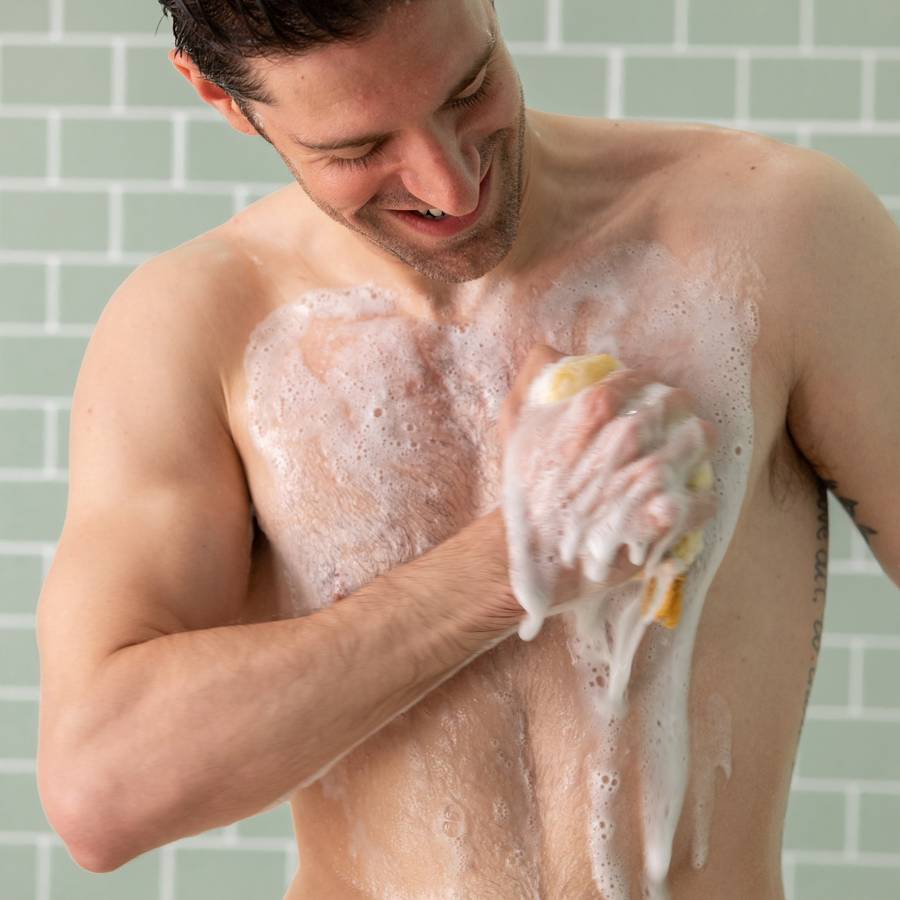


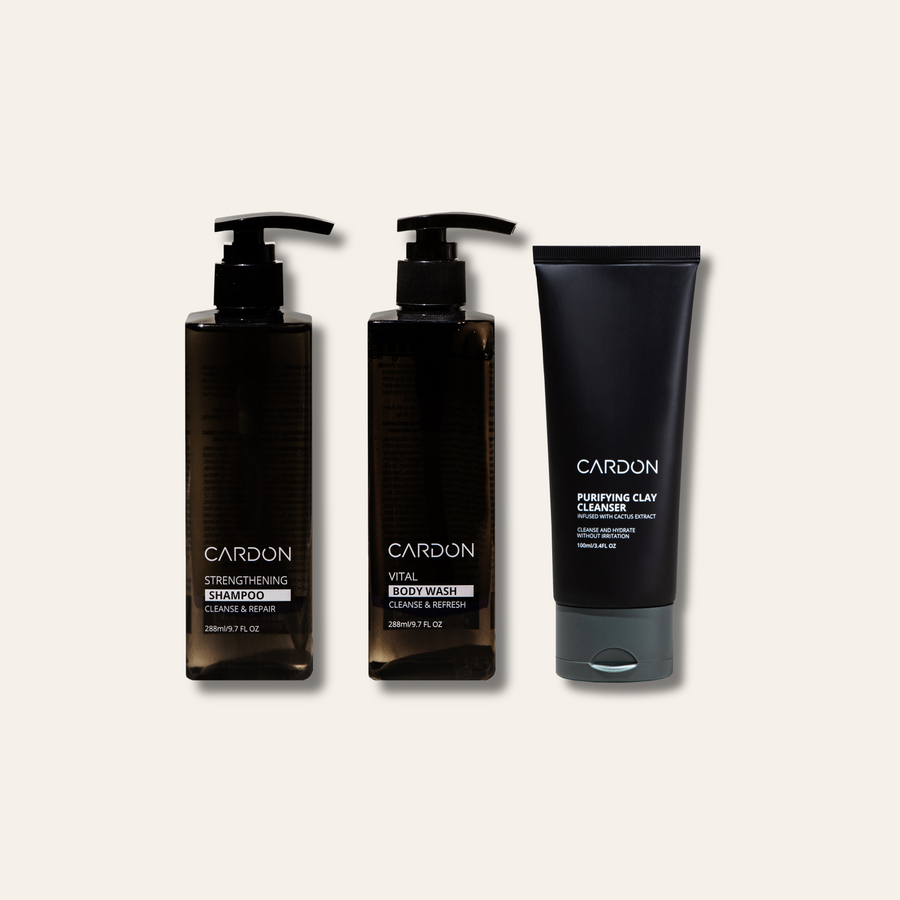

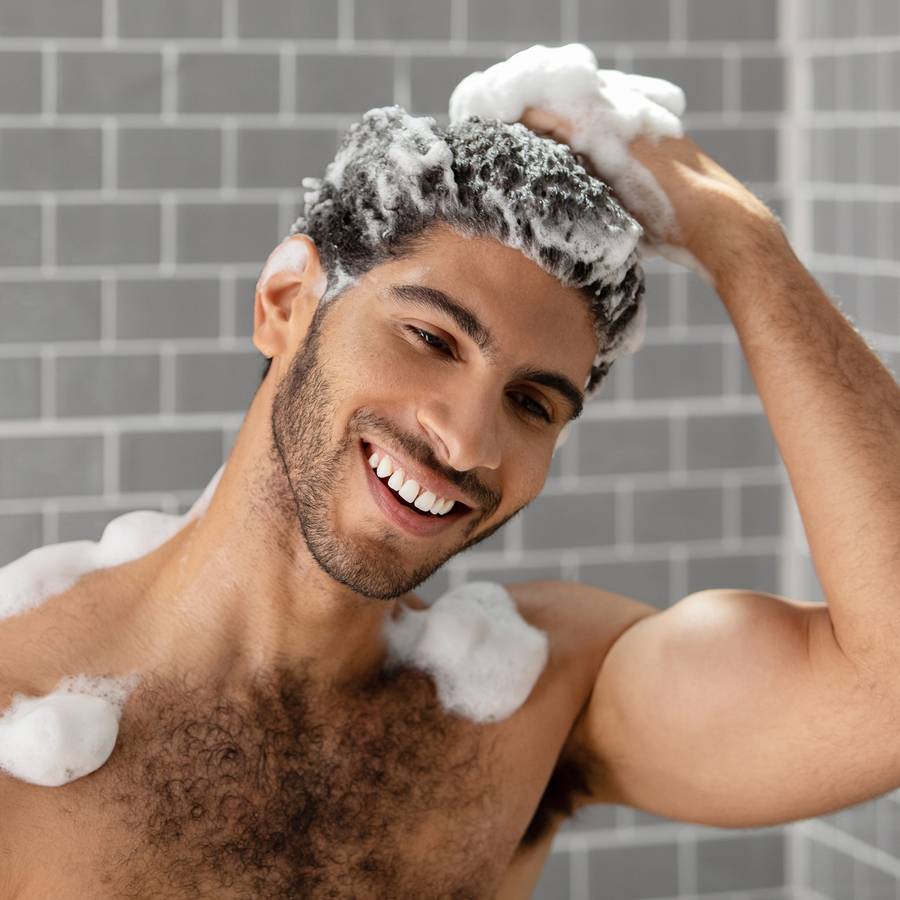


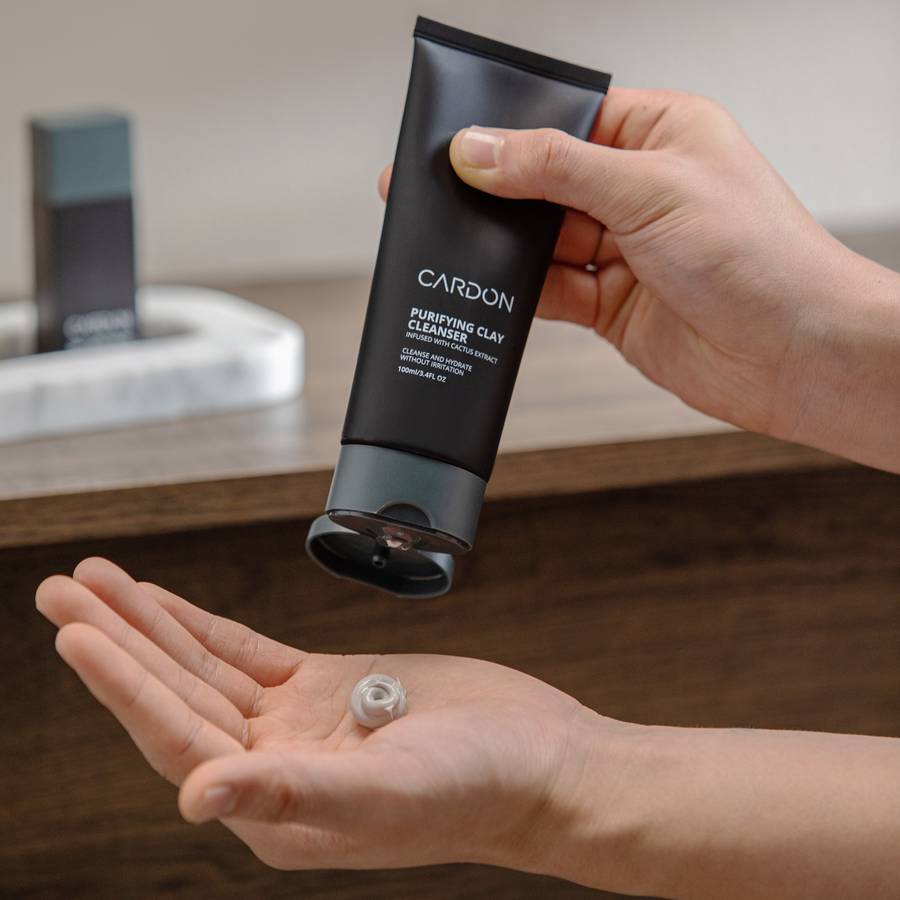
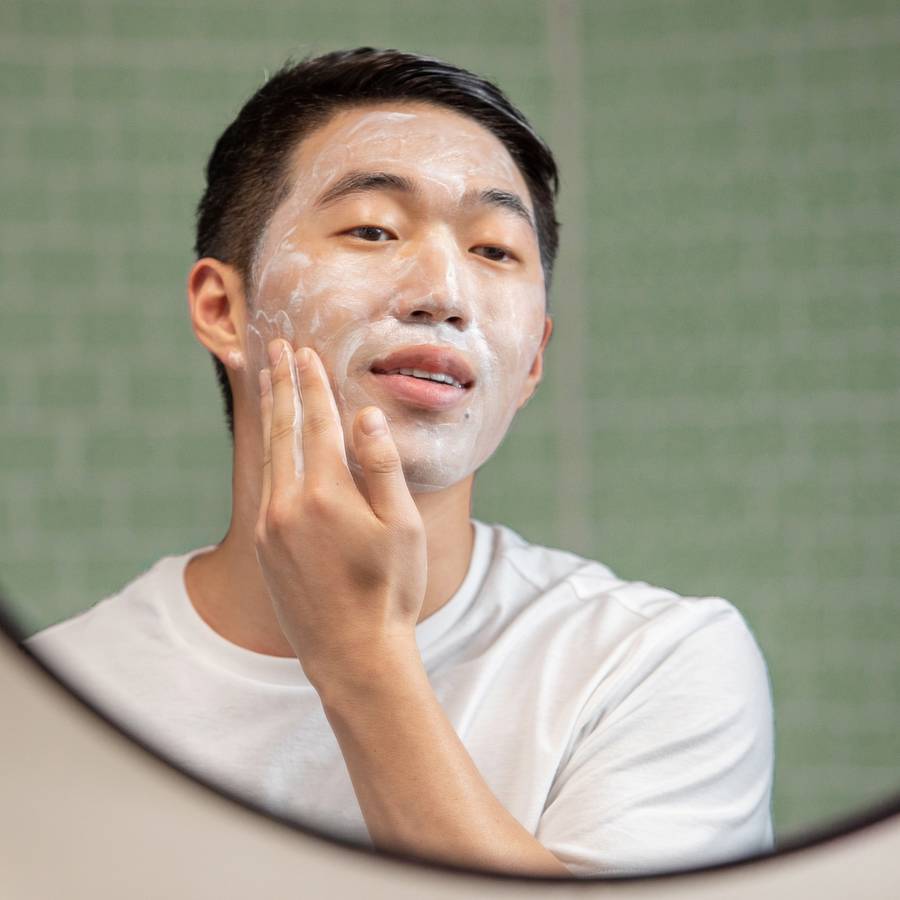
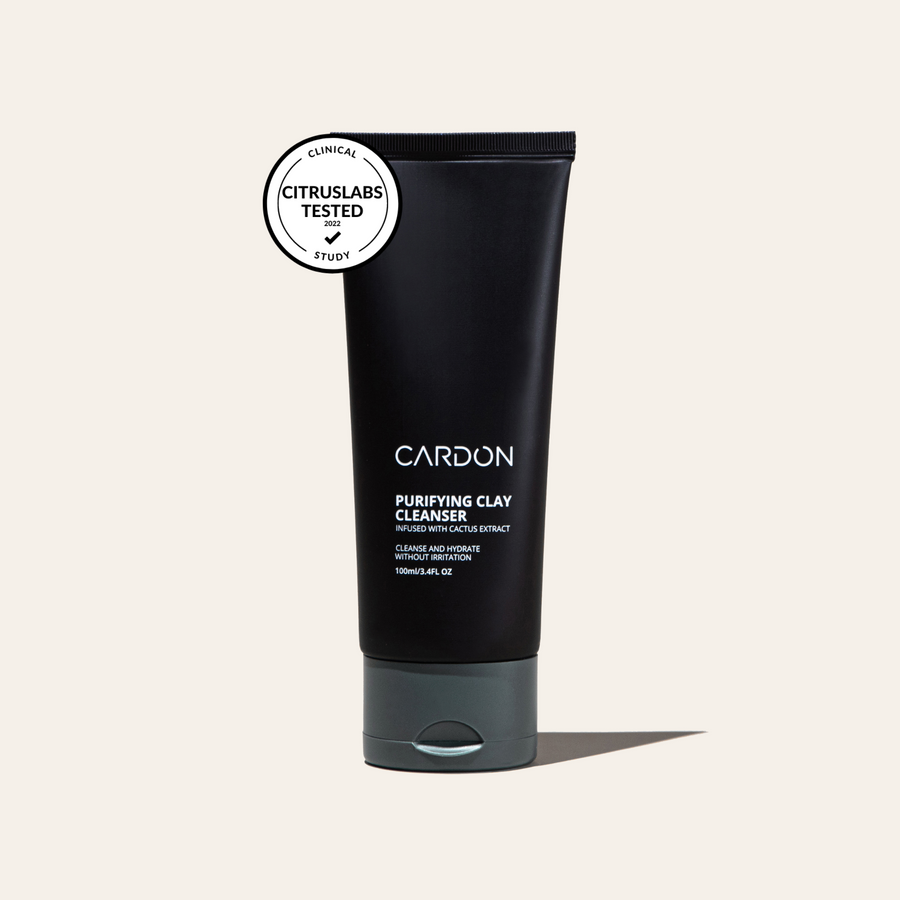
.png?v=1765476667968&options=w_900)
